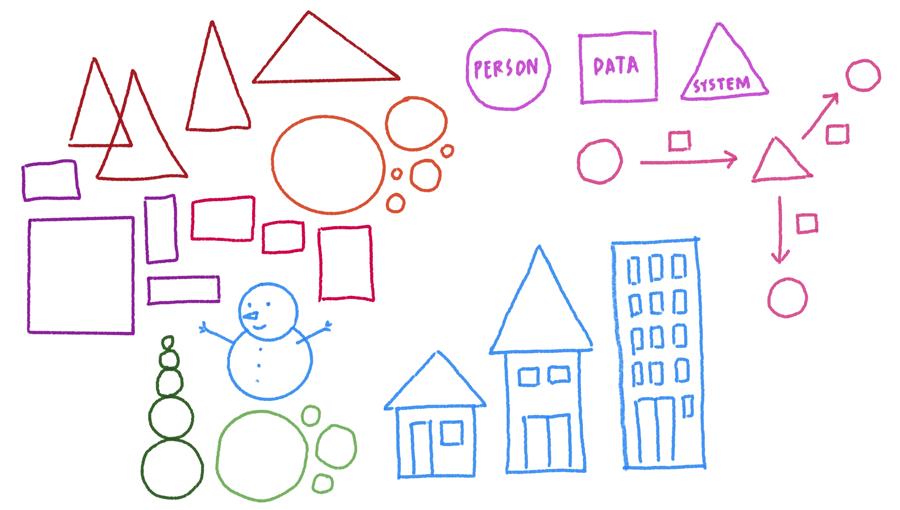Before you even read this sentence, your brain was busy translating shapes on a screen into meaning. You might not be holding a pen or sketching on a whiteboard, but your mind is doing something profoundly visual: connecting dots, recognising patterns, building mental maps.
This is thinking in pictures – aka visual thinking. And far from being a niche skill reserved for designers or artists, it’s fast becoming one of the most valuable tools in the modern workplace.
How to think in pictures?
Visual thinking is the process of using visuals—like drawings, diagrams, maps, symbols, and even simple sketches—to process, understand, and communicate ideas. It’s about thinking and working visually, not just decorating information with images.
It’s something we all did instinctively as children (remember doodling in the margins?), and it’s just as powerful in the boardroom as it is in the classroom.
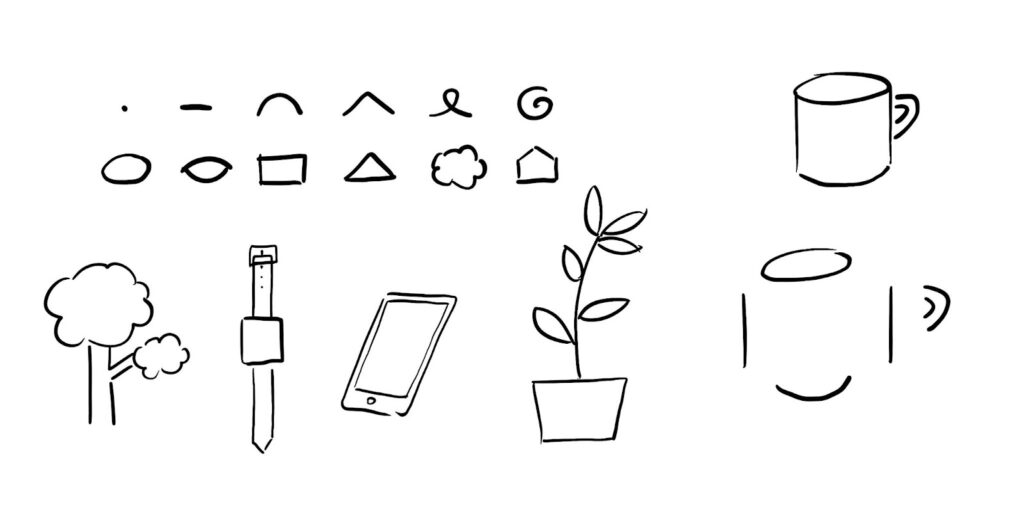
Visual thinking includes:
- Sketching ideas to explore and problem-solve
- Creating visual frameworks like mind maps or journey maps to make sense of complex concepts
- Using illustrations or metaphors to explain abstract ideas
- Collaboratively mapping out strategies in meetings or workshops
It’s not about being a trained artist—it’s about making thinking visible.
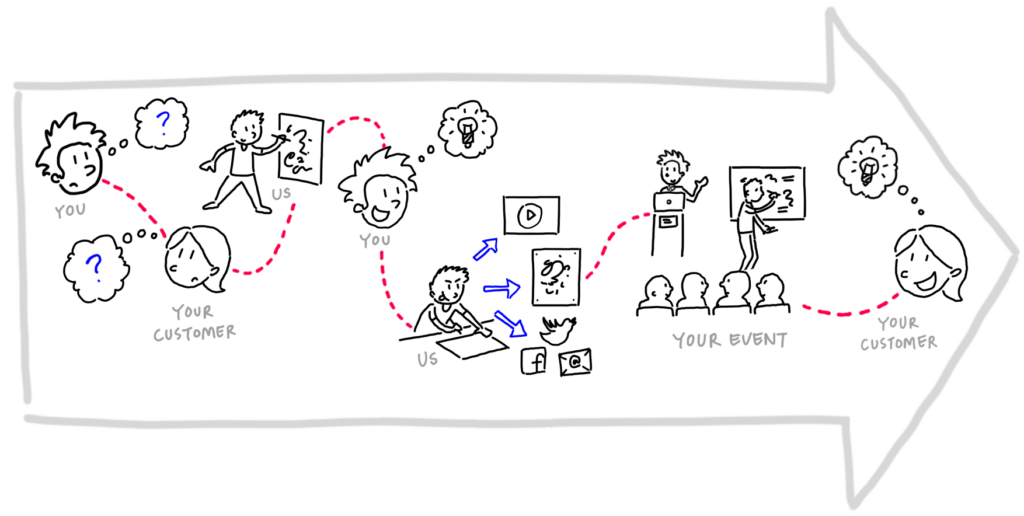
Think in Pictures to Work Smarter, Not Harder
In today’s fast-paced, hybrid, and often siloed workplaces, visual thinking has moved from “nice to have” to “must have.” Here’s why:
1. It cuts through complexity
When faced with a mess of competing priorities, stakeholders, and jargon, visuals offer a bird’s-eye view. They reveal patterns, surface gaps, and make connections that might be missed in text-heavy reports or slide decks.
2. It boosts collaboration
Visuals create a shared language. Whether it’s a strategic roadmap or a whiteboard sketch during a Zoom call, a visual artefact invites input, prompts discussion, and ensures everyone’s on the same page—literally.
3. It enhances memory and understanding
According to cognitive research, people remember visuals far more easily than text. That means ideas captured visually are more likely to stick—and be acted on.
4. It drives engagement
Visuals are inherently more engaging. Whether in an all-staff presentation or a training session, people pay more attention when they can see the story unfold.
5. It supports diverse thinking styles
Not everyone thinks or communicates the same way. Visual tools level the playing field, especially for people who are visual learners, those who are from Culturally and Linguistically Diverse backgrounds, or simply find text-based communication limiting.
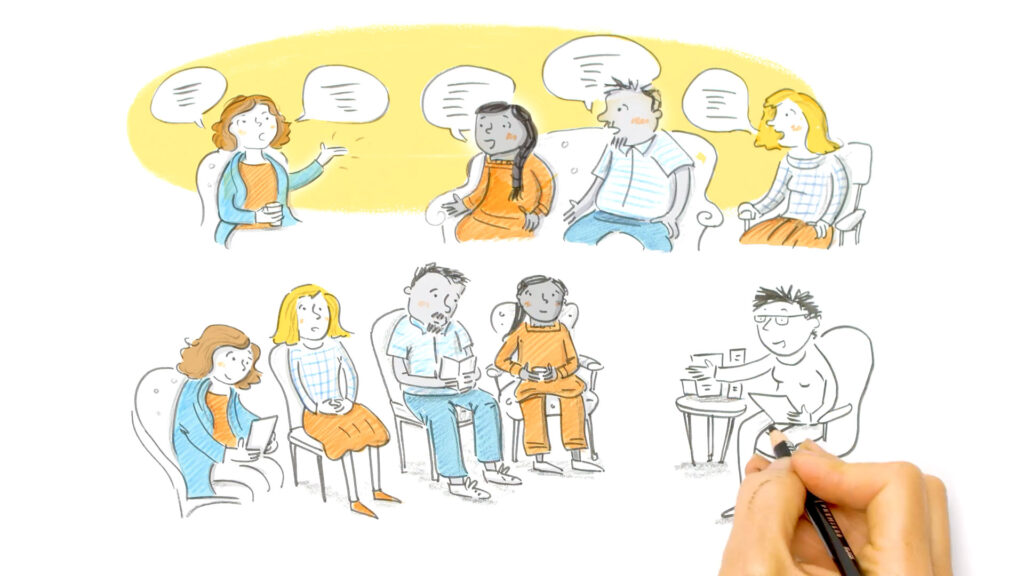
Where Visual Thinking Shows Up in the Workplace
You don’t have to overhaul your workflow to start thinking visually. Here are just a few examples of where visual thinking adds value:
- Strategic planning sessions with visual facilitators or graphic recorders capturing ideas in real-time
- Explainer videos that distill complex initiatives or services
- Team retrospectives that use sketching or visual templates to spark reflection
- Onboarding materials that use icons and diagrams instead of pages of text
- Change communications that map journeys and outcomes in visual ways
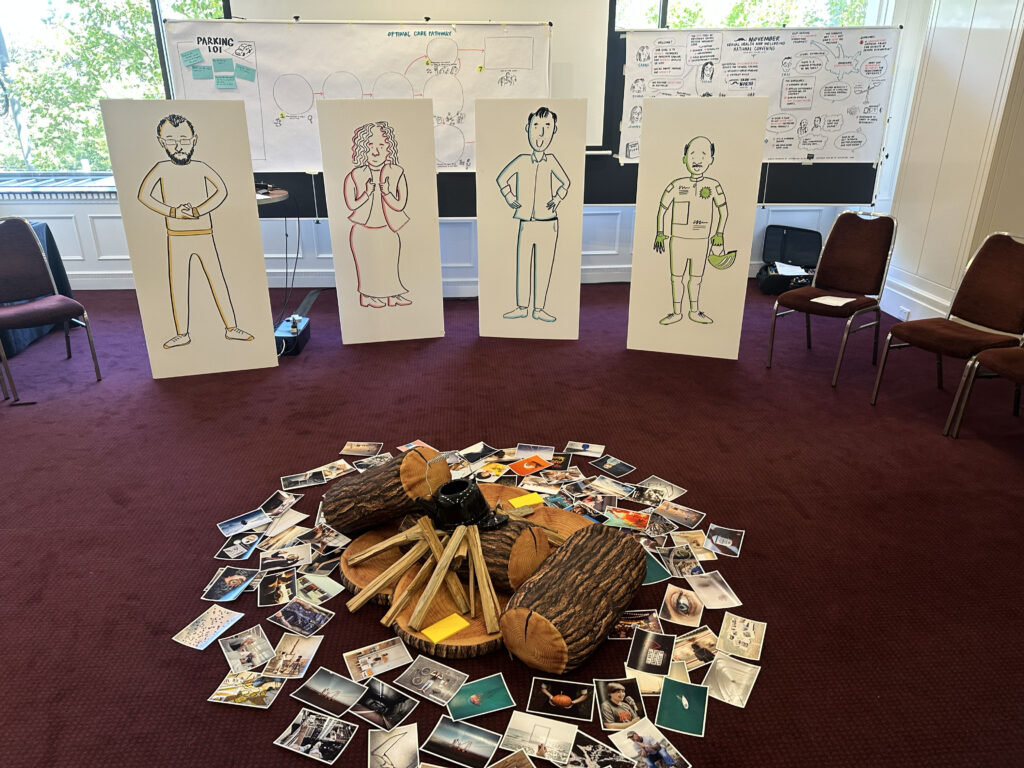
You don’t need to be an illustrator—or have fancy tools—to think in pictures. Visual thinking starts the moment you reach for a marker, sketch a rough diagram, or map out an idea to explain it more clearly. In a world overloaded with noise, thinking in pictures is your shortcut to clarity, connection, and action.
So the next time you’re stuck in a meeting, wrangling a strategy, or trying to make your message land—try drawing it out. You might be surprised by what you see.

